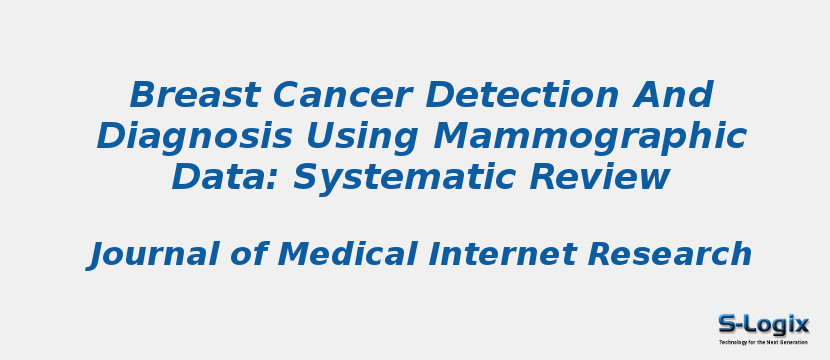Research Area: Machine Learning
Machine learning (ML) has become a vital part of medical imaging research. ML methods have evolved over the years from manual seeded inputs to automatic initializations. The advancements in the field of ML have led to more intelligent and self-reliant computer-aided diagnosis (CAD) systems, as the learning ability of ML methods has been constantly improving. More and more automated methods are emerging with deep feature learning and representations. Recent advancements of ML with deeper and extensive representation approaches, commonly known as deep learning (DL) approaches, have made a very significant impact on improving the diagnostics capabilities of the CAD systems.This review aimed to survey both traditional ML and DL literature with particular application for breast cancer diagnosis. The review also provided a brief insight into some well-known DL networks.In this paper, we present an overview of ML and DL techniques with particular application for breast cancer. Specifically, we search the PubMed, Google Scholar, MEDLINE, ScienceDirect, Springer, and Web of Science databases and retrieve the studies in DL for the past 5 years that have used multiview mammogram datasets.The analysis of traditional ML reveals the limited usage of the methods, whereas the DL methods have great potential for implementation in clinical analysis and improve the diagnostic capability of existing CAD systems.From the literature, it can be found that heterogeneous breast densities make masses more challenging to detect and classify compared with calcifications. The traditional ML methods present confined approaches limited to either particular density type or datasets. Although the DL methods show promising improvements in breast cancer diagnosis, there are still issues of data scarcity and computational cost, which have been overcome to a significant extent by applying data augmentation and improved computational power of DL algorithms.
Keywords:
Breast Cancer Detection And Diagnosis
Mammographic Data
computer-aided diagnosis
Machine Learning
Deep Learning
Author(s) Name: Syed Jamal Safdar Gardezi, Ahmed Elazab, Baiying Lei , Tianfu Wang
Journal name: Journal of Medical Internet Research
Conferrence name:
Publisher name: National Institutes of Health
DOI: 10.2196/14464
Volume Information: 2019 Jul 26; Volume 21, Issue (7)
Paper Link: https://pubmed.ncbi.nlm.nih.gov/31350843/
